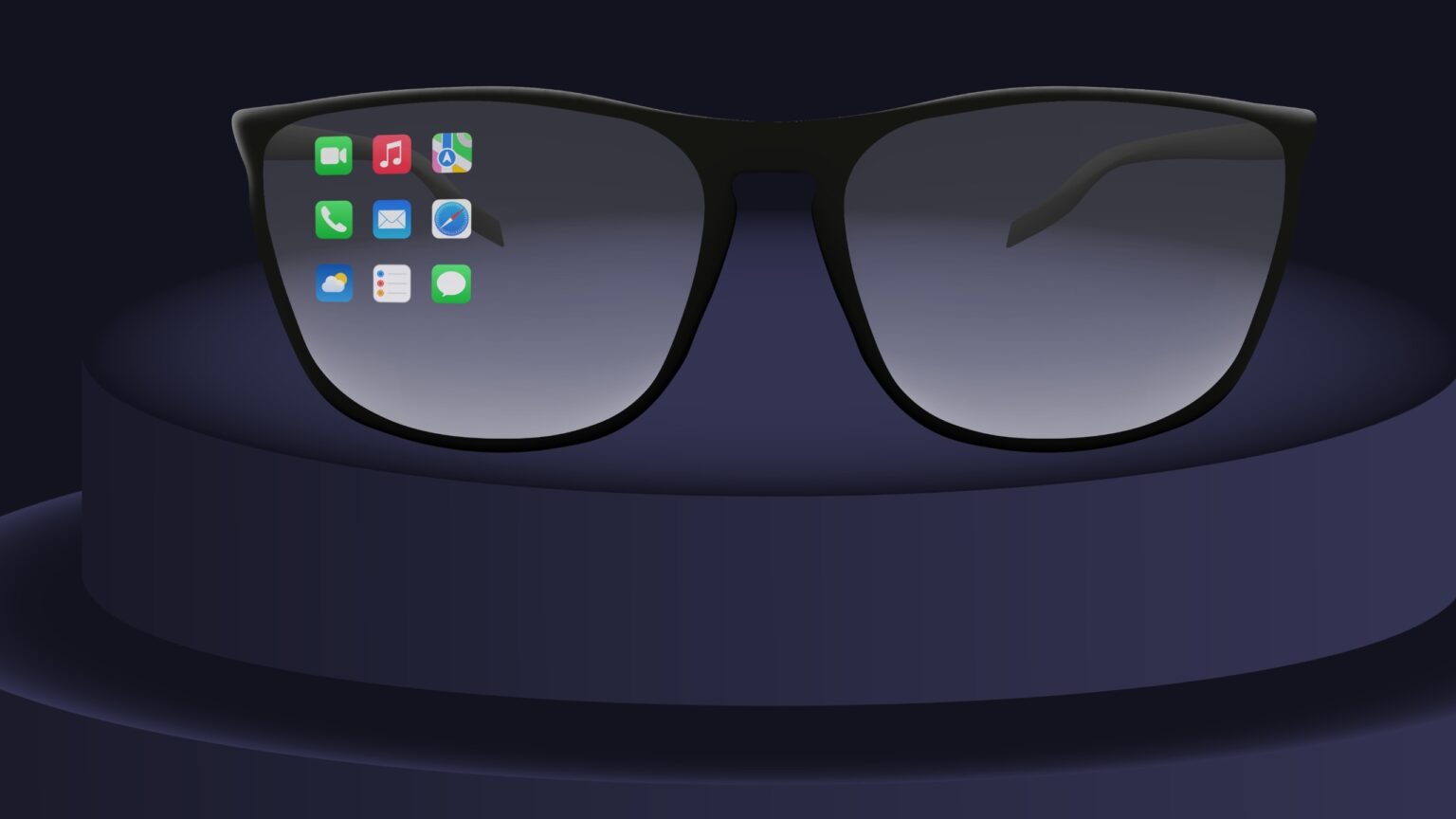The market can expect to get hold of the much awaited Apple mixed reality headset this year, but the tech giant has shelved its planned follow up product – the Apple Augmented Reality (AR) glasses due to technical challenges.
Apple had originally planned to release the AR glasses dubbed the Apple Glass after the mixed reality headset hit the market, which combines both the AR and virtual reality (VR). That part of the plan has now been put on hold.
Also read: Microsoft CEO Talked Up Metaverse at WEF as Firm Shut Down VR Metaverse Unit
The Apple Glass were originally scheduled for release this year before delaying them until 2025, but now the product has been delayed indefinitely.
Bloomberg reports that the company now wants to follow up with a lower-cost version of mixed reality headset as soon as 2024 or early 2025, according to sources close to the developments.
Although the mixed reality headset is expected to cost around $3 000, Bloomberg says Apple is planning to follow up with a lower cost mixed reality headset that cost around $1 500.
In December, Apple-focused supply chain analyst Ming-Chi Kuo estimated the group would ship its mixed reality headset during the second half of 2023 and not the second quarter citing software related issues for the delay.
The lightweight AR kit is like traditional glasses and is smaller as well as more complex to manufacture.
According to Mark Gurman’s Power On Newsletter, Apple had until recently planned to unveil the headset this month, but has pushed back the event to its Worldwide Developers Conference (WWDC) in June.
Last year there was also speculation the tech giant could unveil the headset at the WWDC 2022.
The cost factor
Bloomberg says high cost could make Apple headset pricey for the market and make them a niche product.
The initial mixed reality device due this year will cost $3 000. The supposedly high price is a result of its use of advanced and high-resolution displays, more than 10 cameras, sensors to determine where a user is looking, and both a Mac-grade M2 processor and a dedicated chip for handling AR and VR visuals.
Now Apple may be considering lowering the price of the follow-up mixed reality device by using chips on par with those on the iPhone rather than components found in higher-end Mac computers
Apple brings competition to Meta
Apple will be competing with Meta’s mixed reality headset which costs $1 500, a price that Apple may strive to get closer to with its lower end model.
The mixed reality headset combines elements of augment reality and virtual reality, with components including eyeball tracking, multiple cameras, pancake optics and lenses.
AR users see world through a lens that is overlaid with digital images and data. VR on the other hand, such as Meta’s Oculus, encloses users in a digital world.
VR headsets are the cutting edge of consumer technology right now and Meta, Google and other big tech companies have been eyeing the space for years now, so it’s not surprising that Apple wants to be involved too.
Bloomberg however says the shifting plan underscore the challenges Apple faces pushing into the new industry as its dreams of offering a lightweight pair of AR glasses that people could wear all day now appears many years away — if it happens at all.
But ZDNET says Apple generally has a tendency to wait and watch when it comes to new products rather than be the first to the market. But the question is whether the market for, and consumer interest in VR and AR headsets has actually reached the point at which Apple needs to get involved.
The VR headsets, a market currently dominated by Facebook owner Meta Platforms Incl, offer more immersive experience, with people typically using them to play video games, communicate in virtual meeting rooms and watch video.
In contrast, AR glasses overlay visuals and information on real-world views.
The hope is that users could wear such glasses as they go about a normal day, but earlier attempts at the concept – such as Google Glass – haven’t gained traction.









 and then
and then